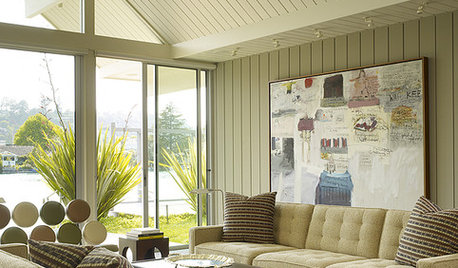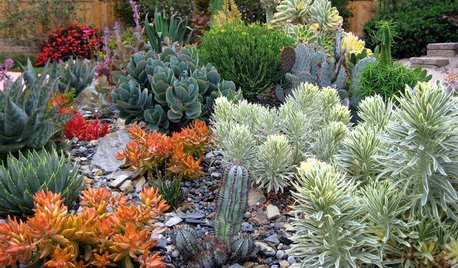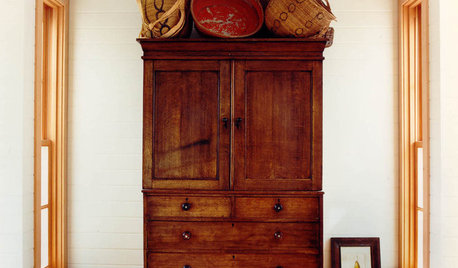Few questions from a beginner
andreaszlg
13 years ago
Related Stories

WORKING WITH PROSA Beginner’s Guide to Managing a Remodel
How do you make your design dream a reality? Here’s some project management know-how to help you work with your designer
Full Story
ARTCollect With Confidence: An Art-Buying Guide for Beginners
Don't let a lack of knowledge or limited funds keep you from the joy of owning art. This guide will put you on the collector's path
Full Story
GARDENING GUIDESA Beginner’s Guide to Growing Succulents
Their easy-care reputation is well-deserved, but a little TLC will turn succulents into star plants
Full Story
LIGHTINGA Beginner’s Guide to Lighting in Layers
Discover the secrets of combining light sources to create richer-looking and more flexible living spaces
Full Story
DECORATING GUIDESA Beginner’s Guide to Getting Wallpaper Right
Follow these experts’ wallcovering ideas and tips to help ensure a successful outcome
Full Story
DECORATING GUIDESA Beginner's Mini Guide to Buying Antiques
Experience the thrill of the hunt without ignorance ruining the spoils, with this guide to antiquing for novice buyers
Full Story
GARDENING GUIDES10 Tips to Start a Garden — Can-Do Ideas for Beginners
Green up your landscape even if you're short on time, money and knowledge, with these manageable steps for first-time gardeners
Full Story
COFFEE WITH AN ARCHITECTA Few Things I Would Like to Ask Frank Lloyd Wright
It could take a lifetime to understand Frank Lloyd Wright's work — less if we had answers to a few simple questions
Full Story
COFFEE WITH AN ARCHITECTA Quiz for Architects in Question
Should you trade in your T-square for a barista tray? Answer a few simple questions to find out
Full Story
INSIDE HOUZZInside Houzz: The Right Kitchen Counters in Just a Few Clicks
Concrete kitchen countertops eluded this Pennsylvania homeowner until she turned to Houzz
Full Story





splinter1804
andreaszlgOriginal Author
Related Professionals
Ballenger Creek Landscape Architects & Landscape Designers · Norton Shores Landscape Architects & Landscape Designers · Allentown Landscape Contractors · Biloxi Landscape Contractors · Deerfield Landscape Contractors · Kahului Landscape Contractors · North Haven Landscape Contractors · Riverhead Landscape Contractors · Evanston Fence Contractors · Santa Maria Fence Contractors · Whittier Fence Contractors · Cayce Fence Contractors · Kingsburg Fence Contractors · Boston Siding & Exteriors · Fairfax Siding & Exteriorssplinter1804
noid.guest
bob61
andreaszlgOriginal Author
andreaszlgOriginal Author
noid.guest